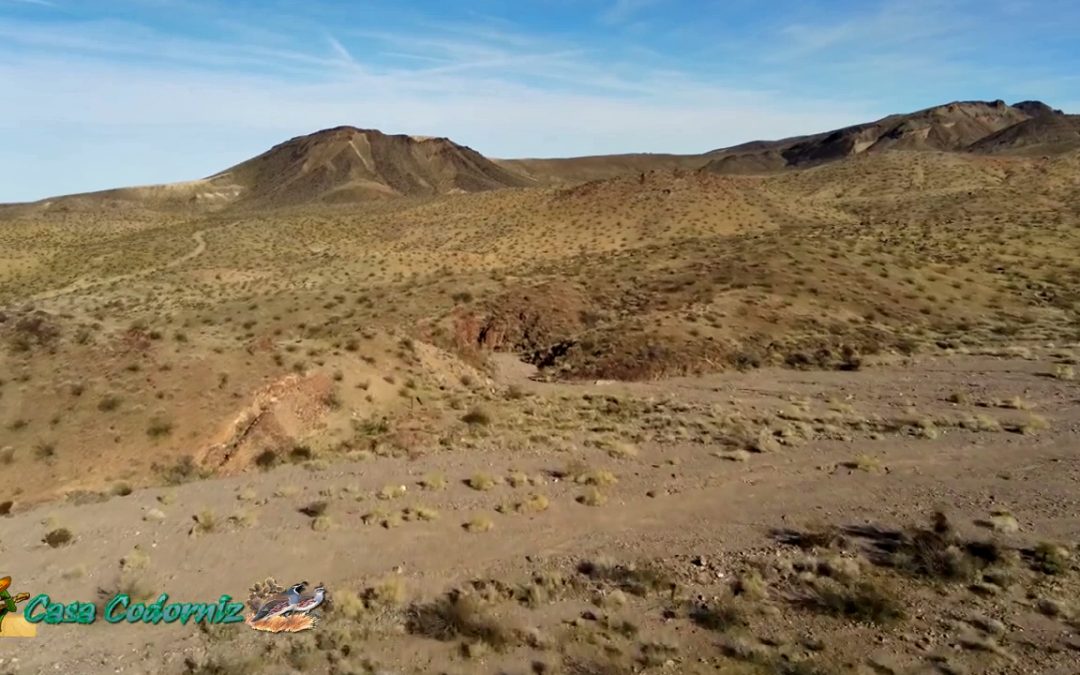The Topock Marsh is a wetland area located at the south end of the Topock Gorge on the Colorado River. It is a unique ecosystem that is home to a variety of wildlife, including over 350 species of birds, as well as fish, reptiles, and mammals. The Topock Marsh is an important habitat for several endangered species, including the southwestern willow flycatcher and the Yuma clapper rail. In this blog, we will explore the history and ecology of the Topock Marsh and its importance in preserving the natural beauty of the Colorado River.
The Topock Marsh was originally created in the 1940s when the Colorado River was dammed to create Lake Havasu. The marsh was created as a result of the backflow of water from the dam, which inundated an area of desert and created a wetland ecosystem. The marsh is fed by the Colorado River and several small streams, which provide water and nutrients to the area.
The Topock Marsh covers an area of approximately 37,500 acres and is divided into two main sections: the North Marsh and the South Marsh. The North Marsh is a shallow, open-water area that is home to a variety of waterfowl and other aquatic species. The South Marsh is a more closed-off area that is dominated by cattails and other vegetation, and is home to several species of marsh birds and other wildlife.
The Topock Marsh is a critical habitat for several endangered species. The southwestern willow flycatcher is a small bird that is native to the southwestern United States and northern Mexico. The bird was listed as endangered in 1995, and the Topock Marsh is one of the few remaining areas where the bird can be found. The marsh provides important habitat for the bird, including nesting sites, foraging areas, and habitat for the insects that the bird feeds on.
The Yuma clapper rail is another endangered species that is found in the Topock Marsh. The rail is a small, secretive bird that is native to the marshes and wetlands of the southwestern United States and northwestern Mexico. The bird was listed as endangered in 1967, and its numbers have been declining due to habitat loss and degradation. The Topock Marsh provides important habitat for the rail, including nesting sites, foraging areas, and protection from predators.
The Topock Marsh is also an important habitat for several other species of birds and wildlife. The area is home to over 350 species of birds, including several species of waterfowl, raptors, and songbirds. The marsh provides important breeding, nesting, and foraging habitat for these birds, as well as for fish, reptiles, and mammals.
The Topock Marsh is an important site for birdwatching and wildlife viewing. The marsh is a popular destination for birdwatchers, who come to see the many species of birds that can be found in the area. The marsh is also home to several species of mammals, including coyotes, bobcats, and desert bighorn sheep, which can be seen by visitors to the area.
The Topock Marsh is also a popular destination for recreational activities. The area is open to hiking, biking, and horseback riding, and there are several trails that wind through the marsh and surrounding desert landscape. The marsh is also popular for fishing, with several species of fish that can be caught in the area, including largemouth bass, channel catfish, and rainbow trout.
The Topock Marsh is an important part of the Colorado River ecosystem, and its preservation is critical to the health and beauty of the river. The marsh provides important habitat for endangered and threatened species, and it is also an important stopover and breeding site for many species of migratory birds.














0 Comments